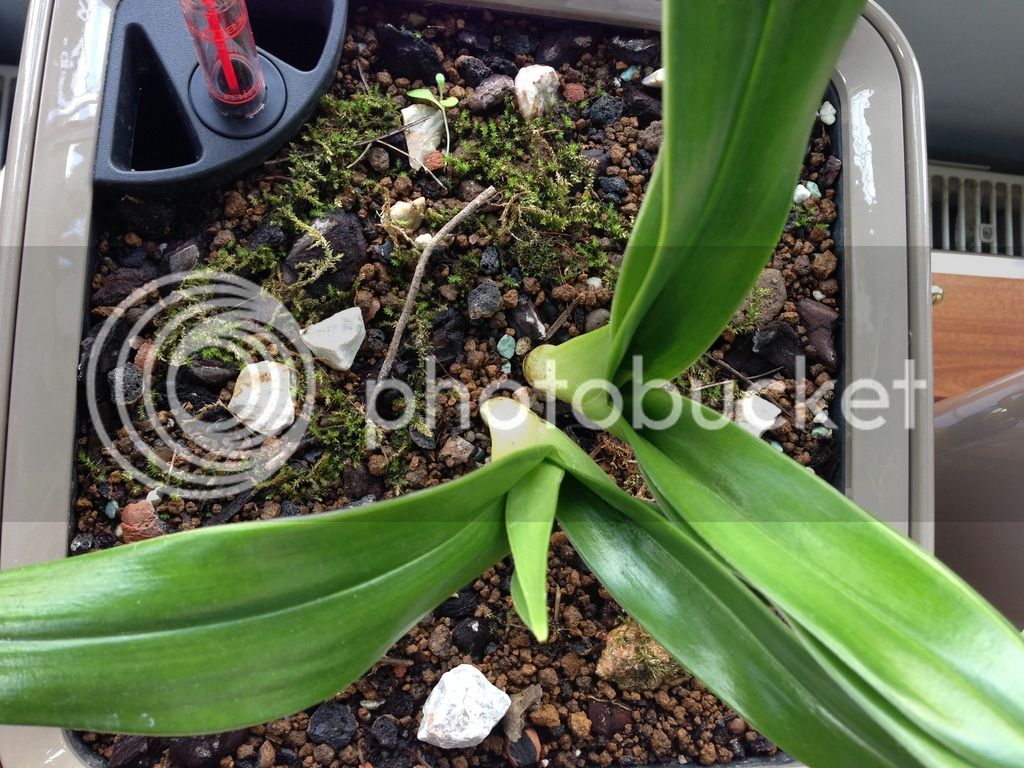O
orchidman77
Guest
Hi folks!
I have seen several people post full-plant pictures of their slippers in pots that are top-dressed in some green moss. What do you guys think about this as a general practice? My inclination would be that it can be a good thing for keeping the top of the mix moist (since mosses stay pretty wet) and it, of course, looks nicer than bits of bright white perlite. Especially for phrags, I think the low fertilizer requirements and constant moisture could be helpful in having moss grow on the surface of the mix.
But does this do any good for the plant? Is it just something people do to improve the whole look of their plants? I am considering purchasing some green moss spores to start, but wanted to know what other people do and/or think about this practice.
David
I have seen several people post full-plant pictures of their slippers in pots that are top-dressed in some green moss. What do you guys think about this as a general practice? My inclination would be that it can be a good thing for keeping the top of the mix moist (since mosses stay pretty wet) and it, of course, looks nicer than bits of bright white perlite. Especially for phrags, I think the low fertilizer requirements and constant moisture could be helpful in having moss grow on the surface of the mix.
But does this do any good for the plant? Is it just something people do to improve the whole look of their plants? I am considering purchasing some green moss spores to start, but wanted to know what other people do and/or think about this practice.
David





